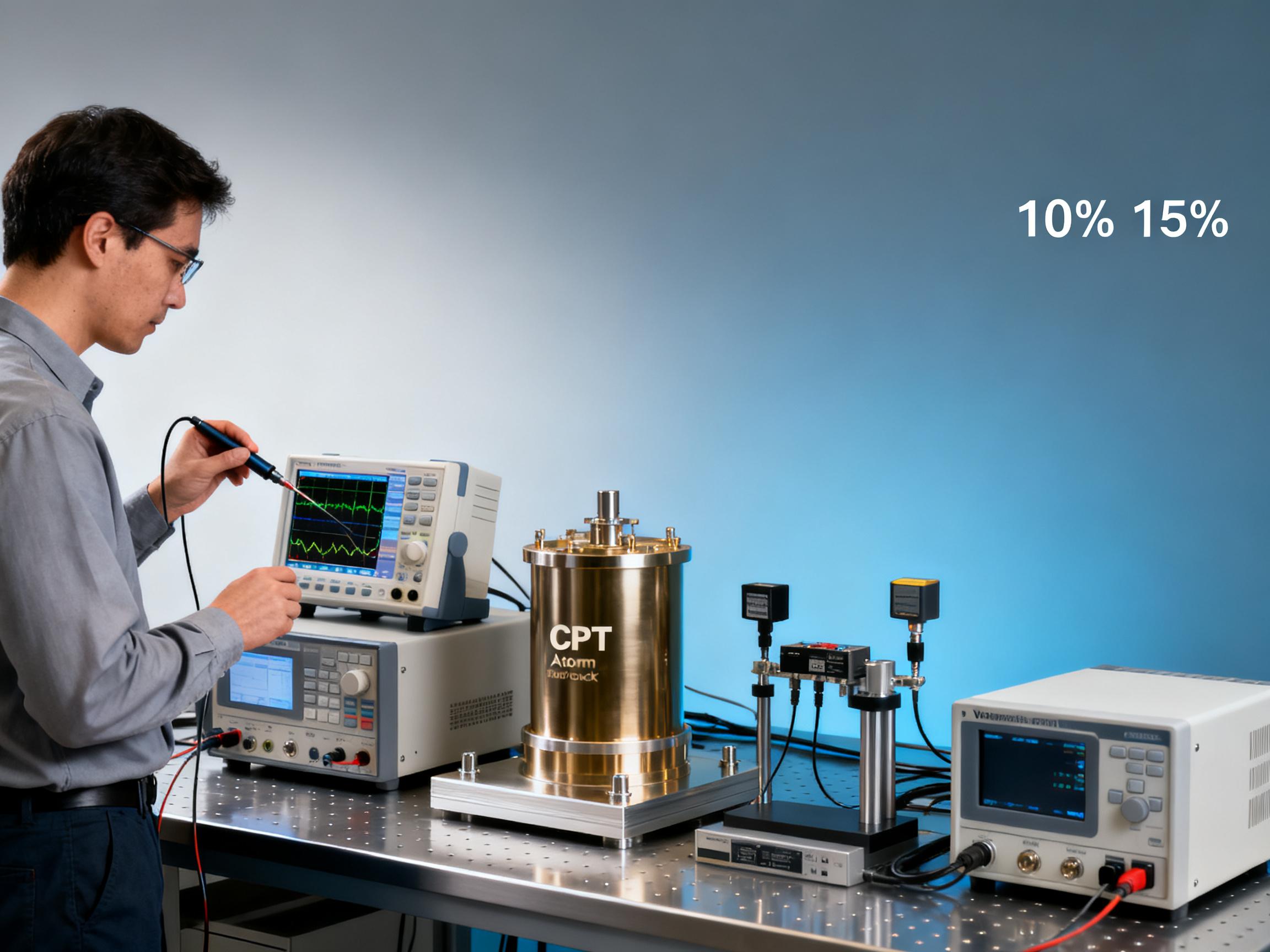RELATED
![How CPT Atomic Clocks Reduce OPEX in 5G Base Stations [Real Data] How CPT Atomic Clocks Reduce OPEX in 5G Base Stations [Real Data]](https://usimg.bjyyb.net/grey.png?x-oss-process=image/resize,m_fixed,w_800,h_600,limit_0) How CPT Atomic Clocks Reduce OPEX in 5G Base Stations [Real Data]2025-12-11
How CPT Atomic Clocks Reduce OPEX in 5G Base Stations [Real Data]2025-12-11 2024 CPT Atomic Clock vs Rubidium: Which Offers Better Stability for Telecom Networks?2025-12-08
2024 CPT Atomic Clock vs Rubidium: Which Offers Better Stability for Telecom Networks?2025-12-08 Live Demo Results: CPT Atomic Clock Performance Under Harsh Environmental Tests (Data Inside)2025-12-05
Live Demo Results: CPT Atomic Clock Performance Under Harsh Environmental Tests (Data Inside)2025-12-05 Budgeting for Precision: Total Cost of Ownership for a Rubidium Atomic Clock Over 5 Years2025-12-03
Budgeting for Precision: Total Cost of Ownership for a Rubidium Atomic Clock Over 5 Years2025-12-03
MESSAGE
Recently, the Innovation Academy for Precision Measurement Science and Technology of the Chinese Academy of Sciences announced its latest achievement. They have improved the short-term frequency stability of the rubidium atomic clock to the order of E-14 (one part per quadrillion), once again breaking the world record for the frequency stability of the rubidium clock. If the subsequent long-term stability issues can be successfully resolved, it means that the rubidium clock, which is the "heart" of global navigation satellites (including the GPS of the United States and the Beidou system of China), can support navigation systems to achieve positioning accuracy leaping from the meter level and decimeter level to the centimeter level.
Accurate time measurement has always been a major matter for a country since ancient times. From sundials to hourglasses, and then to mechanical clocks and quartz clocks, timepieces have always represented the cutting-edge level of science and technology in each era. In the 1930s, the world's first atomic clock was introduced, directly increasing the accuracy of human timekeeping by ten thousand times. In 1967, at the 13th General Conference on Weights and Measures, 9,192,631,770 cycles of the cesium atom transition were defined as one second for the first time. Since then, the atomic clock has become the commonly used precise timekeeping tool in the world, among which the rubidium clock is the top choice. The rubidium clock has the advantages of small size, light weight, low power consumption, high reliability, long service life, and low manufacturing cost. It is widely used in national defense and economic fields such as satellite navigation, communications, electricity, and finance, and is currently the most widely used atomic clock with the highest market share in the world.
It is reported that satellite navigation directly depends on accurate timekeeping. The more synchronized the time between heaven and earth is, the smaller the error will be, and the higher the positioning accuracy will be. Therefore, all satellite navigation systems around the world unanimously choose the rubidium clock as a timer. The stability of the rubidium clock directly affects the accuracy of the positioning, speed measurement, and time dissemination functions of navigation satellites. The quality and reliability of the rubidium clock directly determine the success or failure of navigation satellites, making it truly the "heart" of navigation satellites. The research team has been committed to the research on rubidium clocks in China and has successively developed three generations of onboard rubidium clocks with complete independent intellectual property rights, which have been equipped in batches on the Beidou navigation satellites. The third-generation onboard rubidium clock they developed has a second stability of 7E-13, setting an international record at that time. China's new-generation Beidou-3 global satellite navigation system has been officially launched. The new type of rubidium atomic clock adopted on the Beidou-3 satellites has achieved a significant improvement in the performance of satellite time and frequency references.
The performance of an atomic clock mainly depends on three aspects: accuracy (uncertainty), stability, and drift rate. Among them, stability is the core, and stability is further divided into short-term and long-term indicators such as second stability, hundred-second stability, ten-thousand-second stability, and day stability. Mei Ganghua introduced that the rubidium clock was invented in the 1960s. After 20 years of development, by the 1980s, its stability reached the order of E-11 for short-term stability and E-13 for long-term stability. At that time, some people thought that this was its limit. However, in the 1990s, research on a new generation of rubidium clocks broke the "prediction" of the 1980s and reached the order of E-12 for short-term stability and E-14 for long-term stability. From the end of the 20th century to the present, after more than 20 years of continuous efforts, China's Beidou onboard rubidium clocks have continuously improved the previous records by one order of magnitude after another.
This technological breakthrough has entered a new order of magnitude, achieved something that many people wanted to do but failed to accomplish, and further expanded the leading edge of China's rubidium atomic clock technology. It is of great significance for the development of high-quality microwave oscillator technology and the development of onboard atomic clocks for the new generation of the Beidou system. The measurement results of the prototype of the newly developed rubidium atomic clock principle show that its second-level frequency stability reaches 9E-14, and its hundred-second-level frequency stability is 9E-15. "After Beidou-3, there will be Beidou-4 and Beidou-5. It will be no problem to still use the rubidium clock as a candidate onboard clock at that time, and it is also possible for it to support measurement and positioning accuracy to reach the centimeter level."
CONTACT US
Please use the form below to get in touch.
If you need a reply we will get in touch as soon as possible.

![How CPT Atomic Clocks Reduce OPEX in 5G Base Stations [Real Data] How CPT Atomic Clocks Reduce OPEX in 5G Base Stations [Real Data]](https://usimg.bjyyb.net/sites/91500/91958/1765179857856560163985903616.jpeg)



